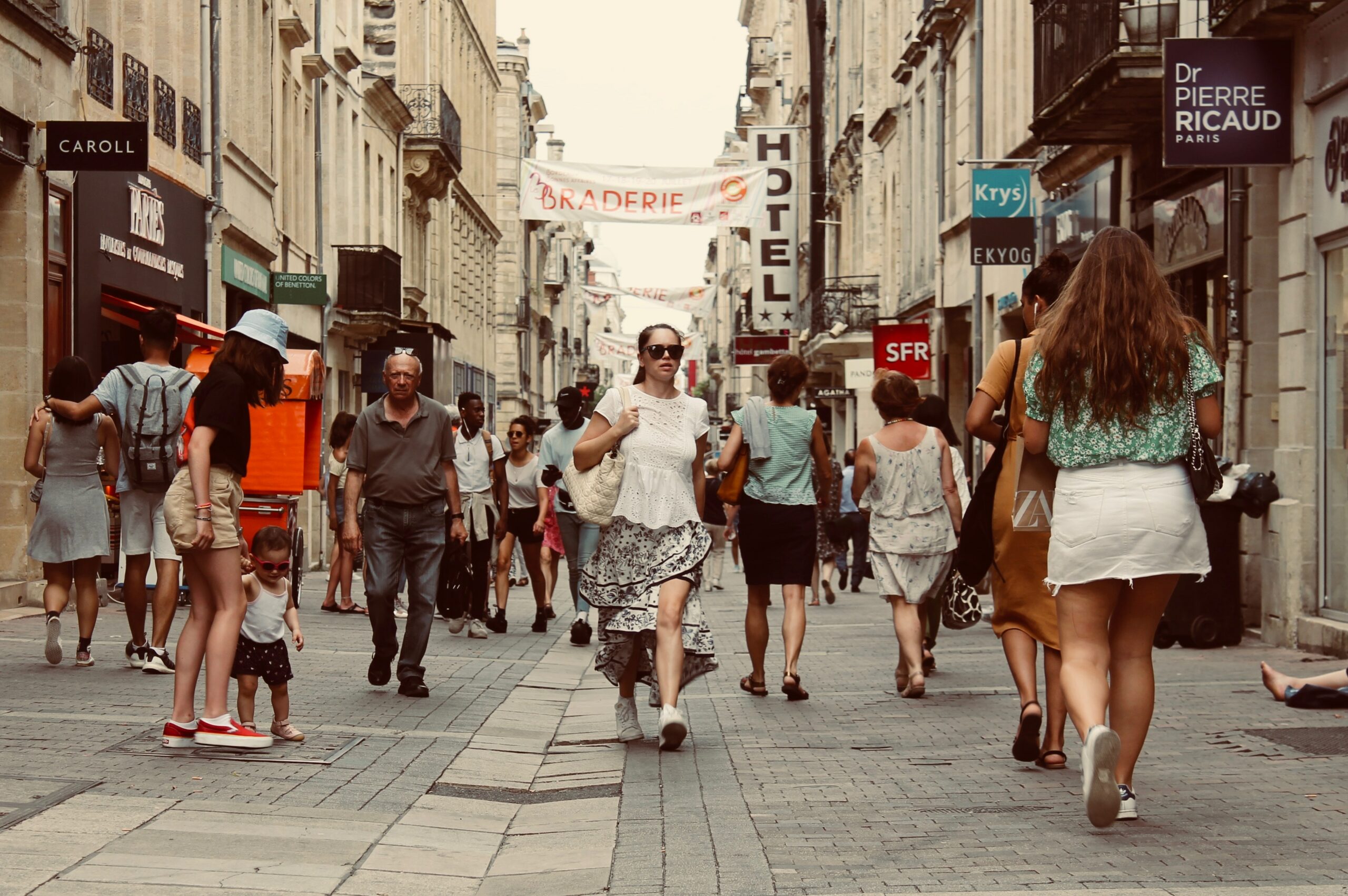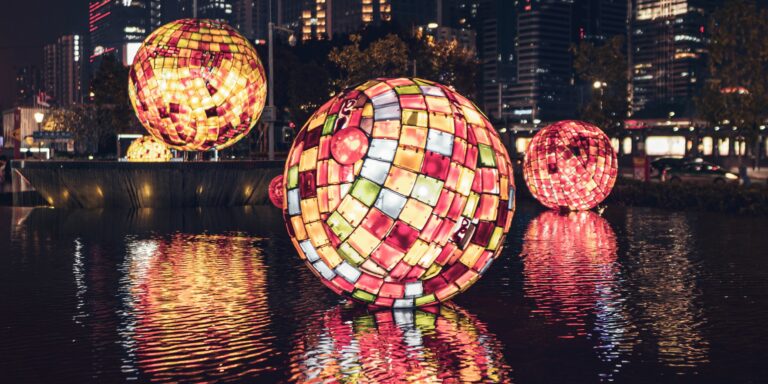In addition, we take a look at the international aspects of this problem and which factors need to be considered in a global context.
The effects of the decline of city centres are not new. For several decades now, cities have been confronted with the challenge of shops closing, properties standing empty and a declining attractiveness for visitors. There are many reasons for this: online shopping, changing consumer habits, rising rents and a shift of retail and gastronomy to the suburbs. These developments have caused city centres to lose vitality and economic strength.
What makes a liveable city centre?
Locals expect their city to offer a variety of recreational opportunities, an appealing cultural offering, easily accessible shops and restaurants, and a lively atmosphere. They also value sustainable urban development, safe transport connections and public spaces that invite people to linger and socialise. A liveable city centre should offer a good work-life balance and be a place where locals enjoy spending their free time and fulfilling their needs.
Tourists, in comparison, are looking for an unforgettable experience in a city. They expect attractive sights, a rich cultural offering, unique shopping opportunities, first-class gastronomy and a pleasant atmosphere. They also value good infrastructure for mobility, easy orientation and safety. A tourist-friendly city centre should reflect local culture and history as well as offer modern amenities.
The revitalisation of city centres: What needs to be done?
Several measures are needed to make city centres more attractive again for shops, gastronomy and, above all, guests. These include holistic urban planning that creates a balanced mix of residential, commercial and leisure spaces, an attractive design of public squares and streets, the promotion of local businesses and start-ups, the integration of art and culture, the creation of sustainable mobility solutions and the promotion of a sense of community through events and festivals. It is also important to encourage collaboration between city councils, property owners, businesses and the local community to achieve common goals and take a holistic approach to city centre revitalisation.
The problem of declining inner cities is not limited to national borders. Inner cities around the world are struggling with similar challenges. Therefore, it is important that cities learn from each other internationally and exchange best practices. Intercultural exchange can help to gain new perspectives and develop innovative solutions tailored to the specific needs and cultural differences of each city.
The role of digitalisation: opportunity or challenge?
Digitalisation plays a significant role in making cities more attractive for both locals and tourists. By providing digital information and communication platforms, cities can make important information, event listings, city maps, public transport and much more accessible to locals and tourists. Mobile apps, websites and digital touchpoints in the city enable fast and efficient communication and make it easier for people to find their way around the city.
Virtual museum visits, digital art exhibitions and live streaming of cultural events allow locals and tourists to enjoy cultural and artistic experiences even from home. Hybrid solutions, such as UpVisit, enable digital experiences on the spot and engage visitors directly at the POI, while all hotspots of a city can be experienced with the same app. This is a great opportunity to showcase the cultural diversity of a city and offer visitors a broader access.
Using data analytics and artificial intelligence, cities can provide personalised recommendations for locals and tourists. Based on individual preferences and interests, personalised suggestions for restaurants, events, attractions and activities can be made to provide tailored experiences.
By using smart technologies and digital solutions, cities can optimise their infrastructure and promote sustainable mobility. Smart transport systems, real-time information on public transport, car sharing apps and bike rental systems help to improve urban mobility and make transport more efficient.
Conclusion
The death of city centres is a complex challenge that needs to be addressed at both national and international levels. Through targeted revitalisation that takes into account the needs of locals and tourists alike, city centres can once again become attractive centres of social life and economic success. Digitalisation offers cities the opportunity to implement innovative solutions to improve the lives of locals and enrich the travel experience for tourists. By using digital technologies, cities can become more attractive, efficient and sustainable, thus increasing their competitiveness.



